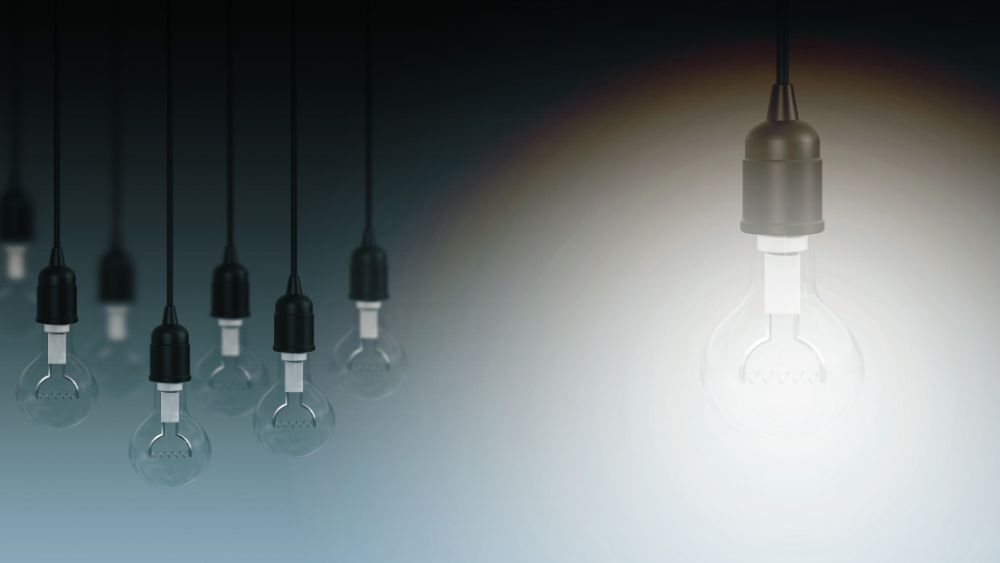You’ve been there.
You’re vibing in the conversation, momentum’s high, the buyer is nodding along, maybe even cracking a smile. And then, you keep talking.
And talking.
And suddenly, that once-in-a-lifetime energy? Gone.
Let’s fix that.
- Why You Need to Spot Buy Signals
- What’s a Buy Signal?
- Set the Stage for Buy Signals to Show Up
- Real Talk: What It Looks Like in the Field
- Not Every Signal Is a Green Light
- FAQ: Spotting Buy Signals in Sales
- How to Shift From Selling to Closing
- Learn More About Sales Presentations, Closing, and Deal Execution
Why You Need to Spot Buy Signals
75% of buyers won’t move forward unless they’re asked. Yet half of salespeople never ask.
Why? Because they miss the moment.
Buy signals are like green lights. If you don’t shift into closing mode, you’re the one blocking traffic.

What’s a Buy Signal?
It’s any action or comment that screams, “I’m ready.” Here’s what that might look like:
Verbal cues
- “This is exactly what we need.”
- “How quickly can you implement?”
- “What’s the next step?”
Non-verbal cues
- Smiling
- Nodding
- Leaning forward
- Taking notes
- Looking at their teammate with that tell-me-we-can-do-this look
When you spot one, stop selling. That’s your cue to shift into closing.
Set the Stage for Buy Signals to Show Up
Buy signals don’t just appear out of thin air. They’re a response.
A response to how well you’ve listened. How aligned you are to their goals. How safe they feel in the conversation.
If you want to spot more green lights, start with the groundwork:
- Make the conversation about them, not you
- Ask real questions, not check-the-box ones (Here’s a great place to start.)
- Show you understand their problem better than anyone else
When the buyer feels seen and heard, that’s when the magic happens.
Real Talk: What It Looks Like in the Field
Ben was walking a prospect through a tailored proposal. Everything was lining up – the pain point, the budget, the timeline. Mid-sentence, the buyer leaned in and said, “Honestly, I think this could solve the whole issue.”
But Ben didn’t stop.
He kept talking – added more features, shared more success stories, and by the end? The buyer said, “Let me think about it.”
That deal stalled for six weeks.
Don’t be Ben. When they lean in, you lean out. Close it.
Not Every Signal Is a Green Light
Think you spotted a buy signal? Double-check the vibe.
It’s probably not a real buy signal if:
- They say, “Interesting,” but don’t ask any follow-up questions
- They smile politely but have closed-off body language (arms crossed, no eye contact)
- They agree with you, but it feels like they’re trying to wrap things up, not move forward
What to watch for instead:
- Specifics about implementation
- Clarifying questions about pricing, timing, or team buy-in
- Emotional cues like relief, excitement, or forward-leaning body language
Be honest with yourself. Don’t close just because you want the deal – close when they’re actually ready.

FAQ: Spotting Buy Signals in Sales
How to Shift From Selling to Closing
When the buy signal hits, pivot fast.
Use LAER (Listen, Acknowledge, Explore, Respond) to make the shift feel smooth – not salesy.
And if you’re wondering exactly what to say next?









